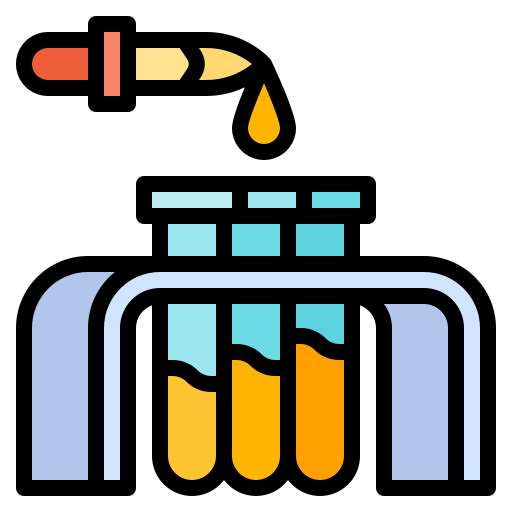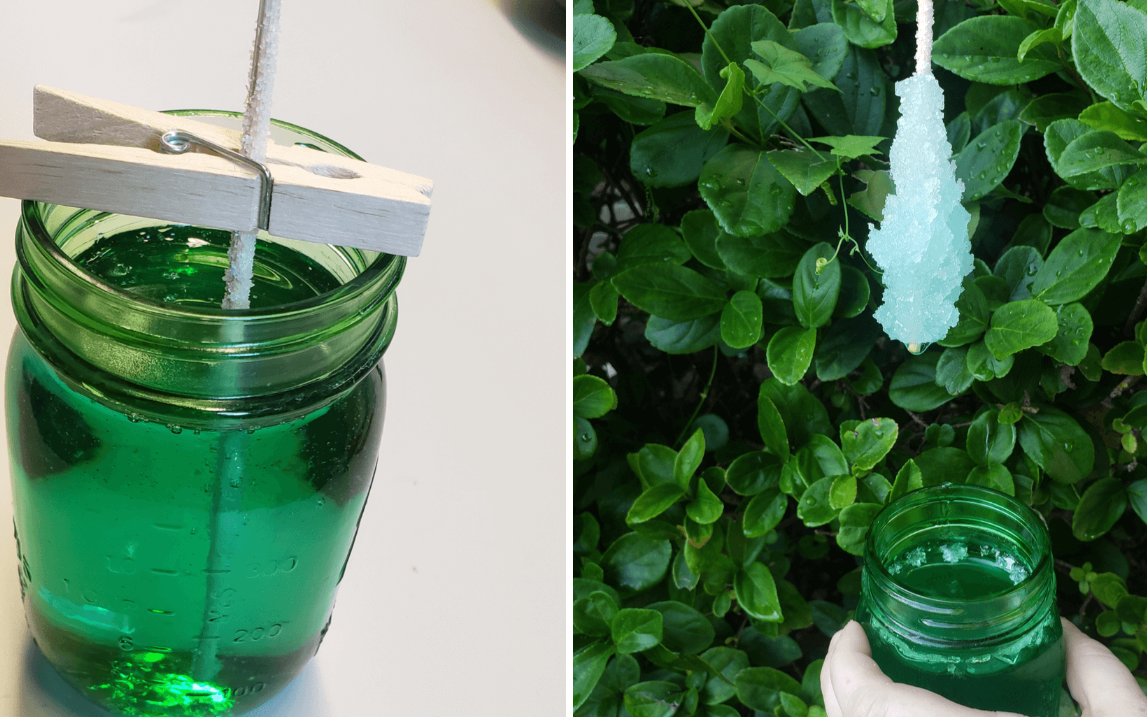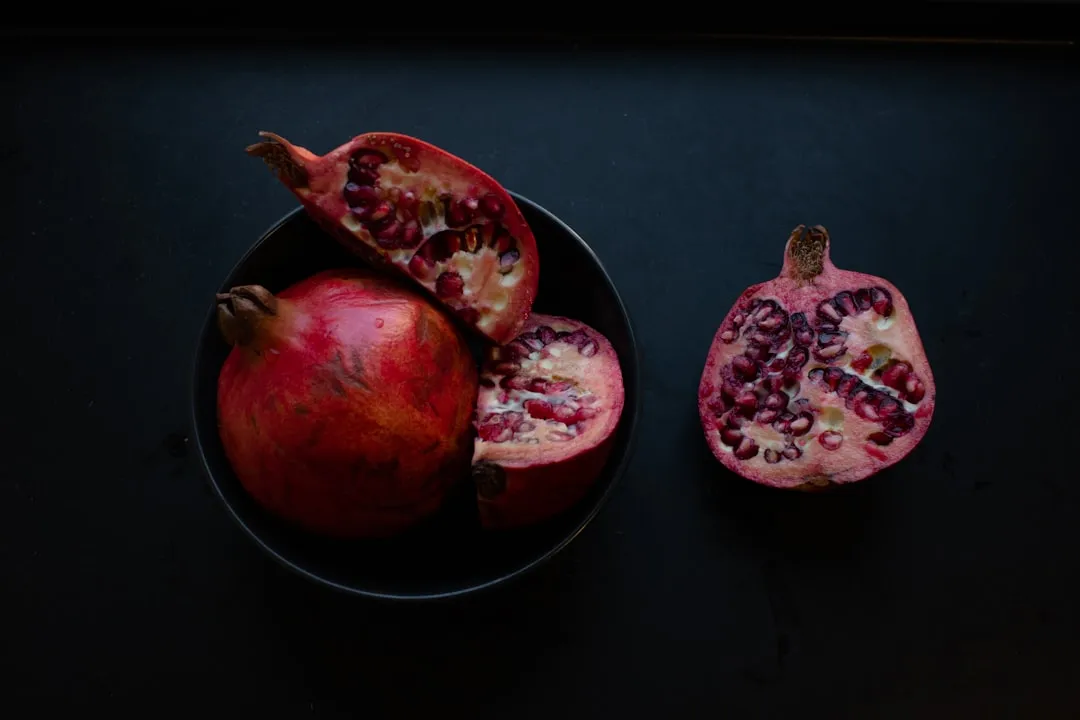Chemistry isn’t just for labs—it’s happening every time you step into the kitchen! From the way bread rises to the transformation of sugar into caramel, edible chemistry experiments reveal the fascinating science behind food. These experiments are not only fun and educational but also delicious. Whether you’re a science enthusiast, an educator looking for engaging activities, or a curious foodie, edible chemistry experiments are a delightful way to mix learning with tasty results.
Why Edible Chemistry?
Food is something we all interact with daily, and understanding the science behind it deepens our appreciation for the meals we enjoy. Edible chemistry experiments allow us to explore concepts like reactions, states of matter, and the role of temperature and time in transforming ingredients. Plus, the best part is getting to eat the results!
Let’s dive into some fun and simple edible chemistry experiments you can try at home or in a classroom.
1. Making Rock Candy
Rock candy is a classic edible chemistry experiment that demonstrates crystallization. Here’s how it works:
What You’ll Need:
- 2 cups of sugar
- 1 cup of water
- A saucepan
- Food coloring (optional)
- Wooden skewers or strings
- A jar
The Science:
When you heat sugar and water, the sugar dissolves, forming a supersaturated solution. As the solution cools, sugar molecules begin to crystallize on the skewer or string, creating beautiful rock candy.
This experiment is a fantastic way to teach about saturation, supersaturation, and crystal growth, all while creating a sweet treat.
2. The Magic of Baking Soda and Vinegar
This simple experiment showcases the reaction between an acid (vinegar) and a base (baking soda), releasing carbon dioxide gas. But how do you make it edible? Combine this reaction with a pancake recipe!
What You’ll Need:
- 1 cup of flour
- 1 tablespoon of sugar
- 1 teaspoon of baking soda
- 1 cup of buttermilk or vinegar-milk mixture
- A frying pan
The Science:
When the baking soda reacts with the acidic buttermilk, it produces carbon dioxide bubbles that make the pancakes fluffy. This edible chemistry experiment turns a simple reaction into a delicious breakfast.
3. Homemade Butter
Did you know you can make butter with just heavy cream and a little elbow grease? This experiment demonstrates how mechanical energy affects the physical state of a substance.
What You’ll Need:
- 1 cup of heavy cream
- A jar with a lid
The Science:
By shaking the cream vigorously, you’re agitating fat molecules, causing them to clump together and separate from the liquid. In a few minutes, you’ll have fresh butter and buttermilk. This experiment is an excellent way to teach about emulsions and the physical properties of fats.
4. Spherification
Spherification is a molecular gastronomy technique that uses chemistry to create edible spheres that look and feel like caviar.
What You’ll Need:
- Sodium alginate
- Calcium chloride
- Flavored liquid (juice, coffee, etc.)
- A syringe or dropper
The Science:
When sodium alginate reacts with calcium ions, it forms a gel. By dripping the flavored liquid into a calcium chloride solution, you create spheres with a gel-like outer layer and a liquid center. This experiment is perfect for exploring polymers and the interaction of chemicals in food.
Benefits of Edible Chemistry Experiments
Edible chemistry experiments are more than just fun—they’re a hands-on way to learn about scientific principles. They encourage curiosity, problem-solving, and creativity, making them perfect for kids and adults alike. Plus, they’re a great way to introduce scientific concepts like chemical reactions, physical changes, and molecular interactions in an accessible and tasty way.
Tips for Success
- Keep it simple: Start with easy experiments like making butter or rock candy, then progress to more complex techniques like spherification.
- Be patient: Some experiments, like crystallization, take time. Use this as an opportunity to discuss the importance of patience and observation in science.
- Experiment together: Involve friends, family, or students to make the experience collaborative and fun.
Edible chemistry experiments are a wonderful way to blend science and food. Whether you’re teaching a lesson, hosting a party, or just looking for a fun afternoon activity, these experiments are sure to leave everyone smiling—and full!
Ready to roll up your sleeves and get experimenting? The kitchen is your lab, and the possibilities are as endless as your imagination.



Leave a Reply
You must be logged in to post a comment.